NASA will land another rover on Mars in 2020 and agency have now sorted down the potential landing sites to three.
Three places on planet Mars has been selected as possible candidates to land NASA’s new rover. These locations were agreed upon during a meeting in California last Friday.
The rover will launch in 2020 and one of its primary mission statements is to look for a history of life in the form of fossils and chemical traces of microorganisms. But it will also collect samples that NASA hopes to bring back home to Earth during a later expedition.
The researchers found it difficult to decide on just one site. The final decision will be taken by NASA’s decision-making body a year or two before the rover is launched.
The three landing sites in question are Jezero Crater, NE Syrtis, and Eberwalde. Of these three, Jezero crater got the majority of votes by the researchers.
Since the rover’s mission is to search for a history of life, the landing site should be especially advantageous in this regard. The scientists debated where the greatest chance of finding life if there have been any, are on the planet’s surface.
Some argue that there is a greater chance of finding traces of microorganisms in volcanic rocks where microorganisms could live protected from radiation down in the cracks. Some people claim that Mars may have had a more protective atmosphere in its past history than we know about and that the microorganisms which may have lived then can now be found in sedimentary rocks.
The Jezero crater and the NE Syrtis both have volcanic and sedimentary rocks, Eberswalde has sedimentary rocks but is lacking volcanic rocks.
The Mars 2020 mission leverages some of the successful architecture of NASA’s Curiosity Rover (Mars Science Laboratory) mission by duplicating most of its entry, descent, and landing system and much of its rover design.
Besides searching for a history of life on the red planet, the mission have 3 additional goals:
- Determine Whether Life Ever Arose on Mars
- Characterize the Climate of Mars
- Characterize the Geology of Mars
- Prepare for Human Exploration
It will be the first rover mission designed to seek signs of past microbial life. The rover will be equipped with instruments designed to look for evidence of ancient habitable environments where microbial life could have existed in the past.
It will also be equipped with instruments designed to study the rock record to reveal more about the geologic processes that created and modified the Martian crust and surface through time.
The rover will serve as a testbed to demonstrate key technologies for using natural resources in the Martian environment for life support and fuel – for a future human mission to the planet.
Reference:
NASA: Mars 2020 Mission Overview

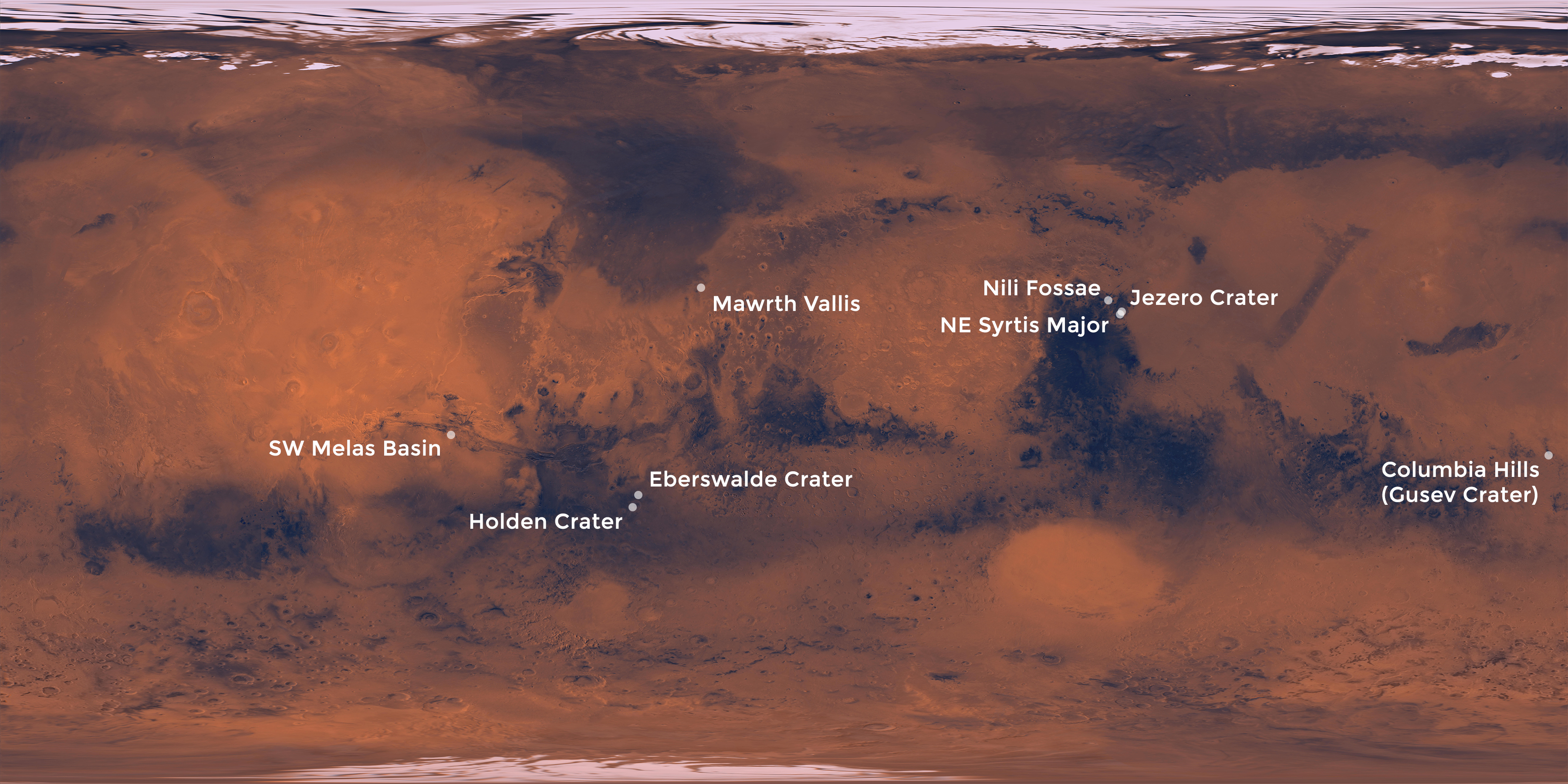
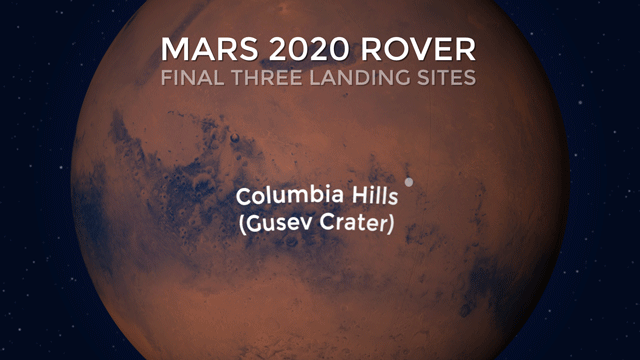
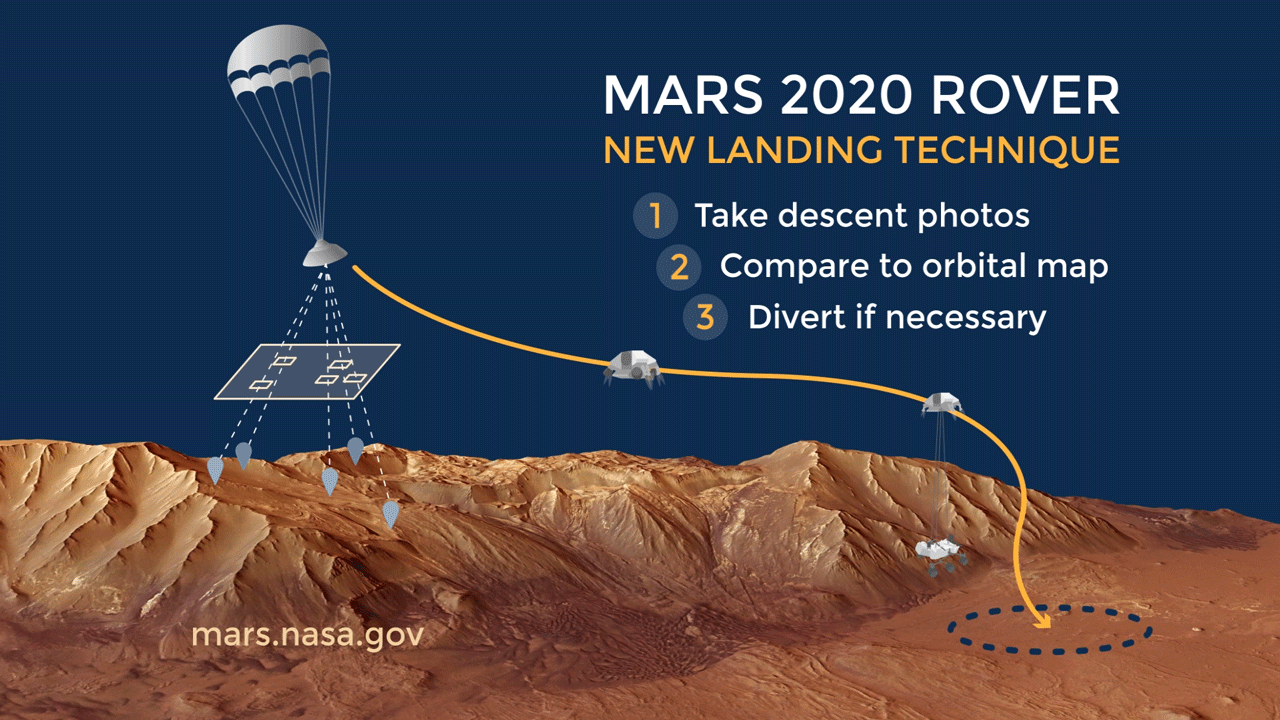
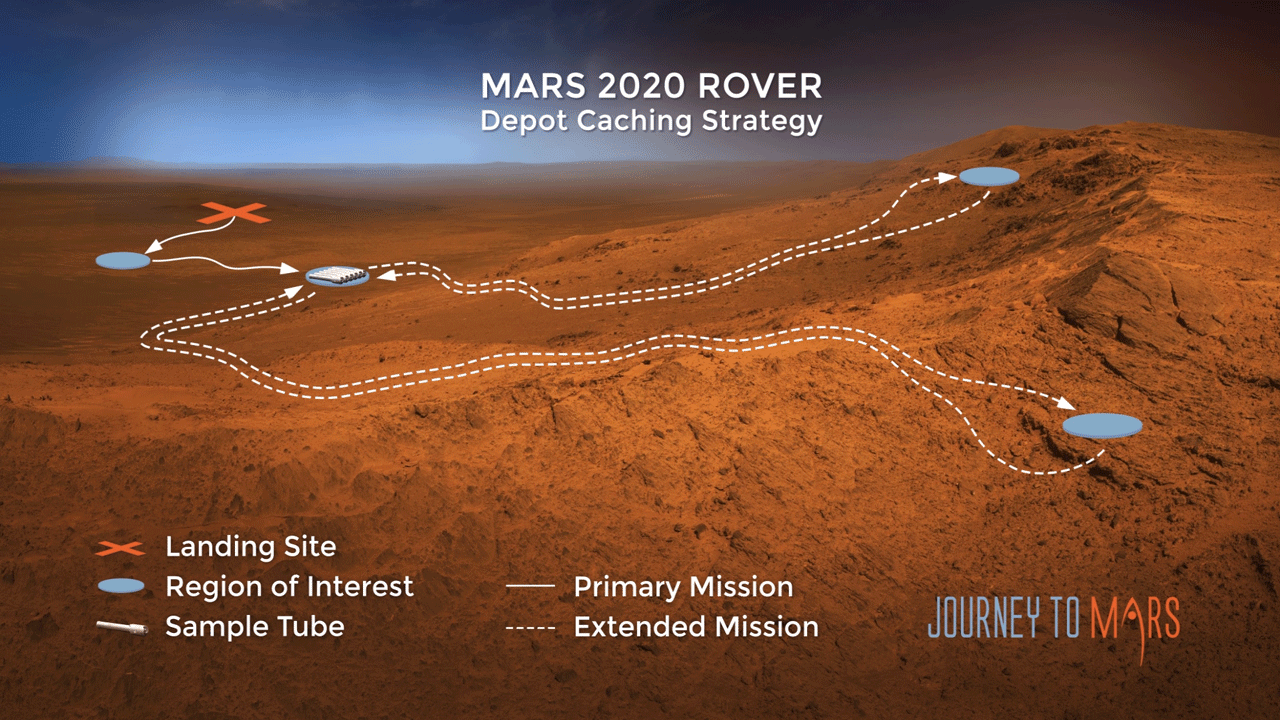

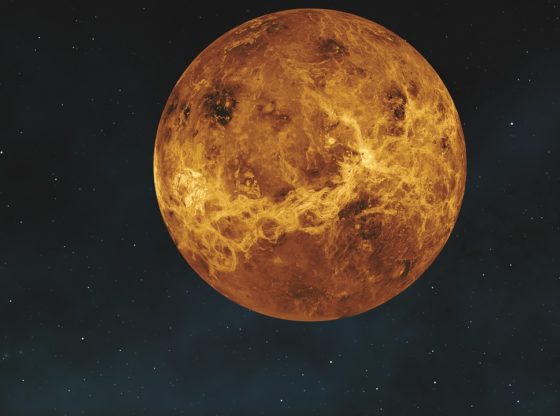
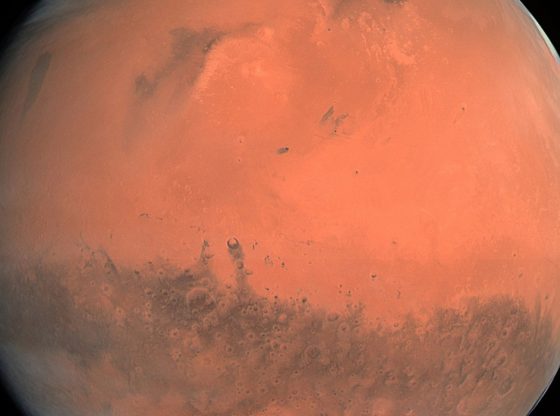
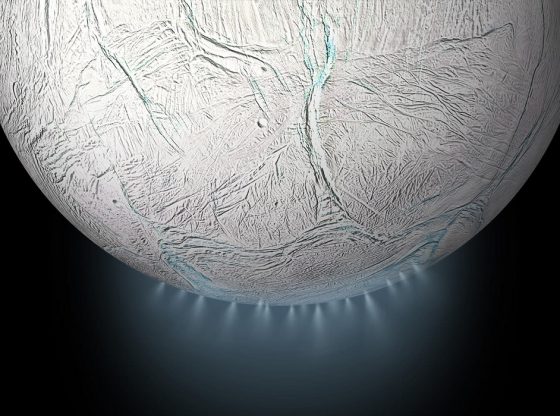
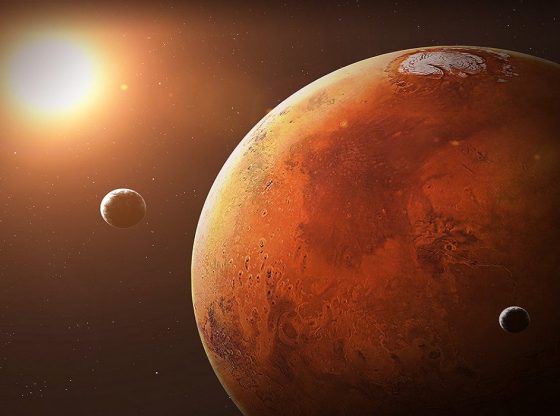
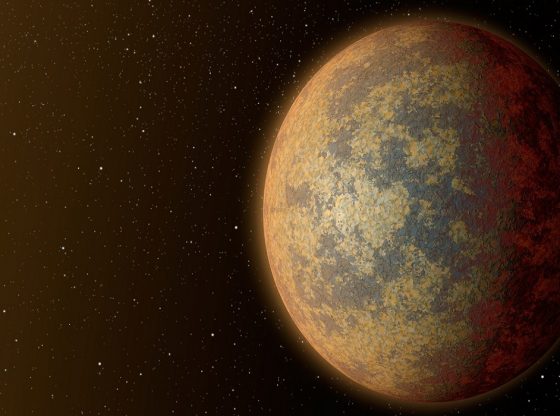
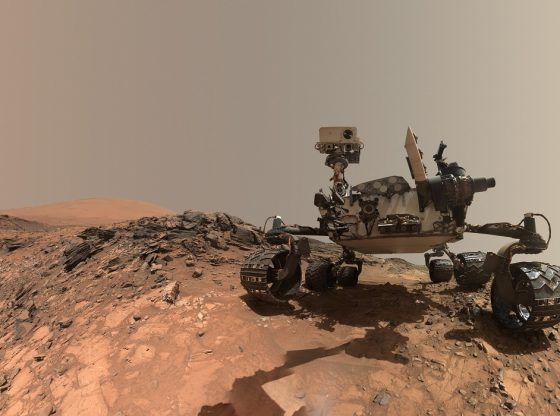

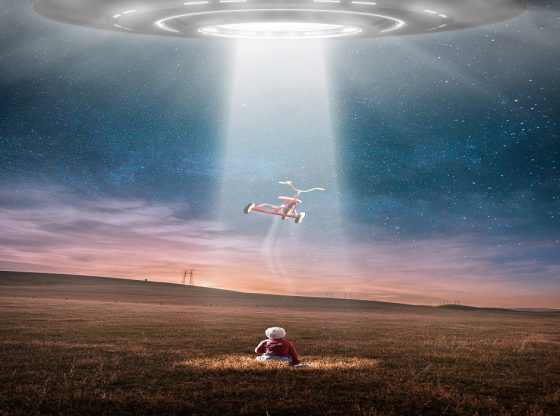

![OpenAI. (2025). ChatGPT [Large language model]. https://chatgpt.com](https://www.illustratedcuriosity.com/files/media/55136/b1b0b614-5b72-486c-901d-ff244549d67a-350x260.webp)
![OpenAI. (2025). ChatGPT [Large language model]. https://chatgpt.com](https://www.illustratedcuriosity.com/files/media/55124/79bc18fa-f616-4951-856f-cc724ad5d497-350x260.webp)
![OpenAI. (2025). ChatGPT [Large language model]. https://chatgpt.com](https://www.illustratedcuriosity.com/files/media/55099/2638a982-b4de-4913-8a1c-1479df352bf3-350x260.webp)








